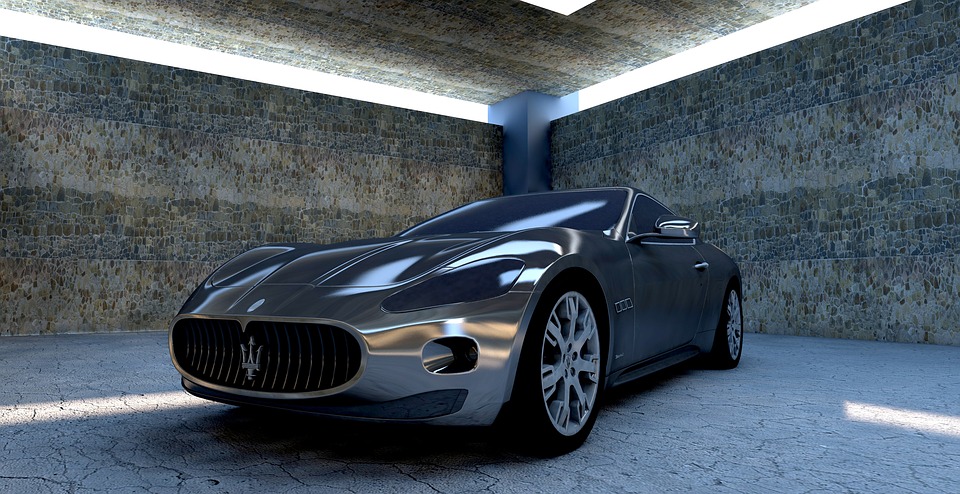Are you trying to test drive a car to pass a driver’s license test? If you are trying to learn how to test drive a car then continue reading.
With the latest computer engineering innovations and advancements applied in the later models of cars, driving is becoming easier especially for first-time drivers. But educating new drivers for such high-tech cars could be a challenge. As the cars get more technology-reliant, new drivers are also reliant that sometimes could possess safety issues.
The automotive market is constantly changing: electric, connected, autonomous vehicles… so many technological innovations that change what today’s car is and will be the car of tomorrow.
The quest for ever more efficient vehicles, both in terms of driving but also in terms of safety, pushes car manufacturers to constantly reinvent what a car is. In the form of concept cars, these revolutionary cars are regularly presented to the general public.
These can include new fuels, a reinvention of the cockpit, or more radical changes, such as an outright removal of mirrors, replaced by sophisticated cameras that display a live video stream on the dashboard.
For many, driving in the city is hell. With bicycles, pedestrians, countless vehicles, and different unique directions, it is normal that many motorists do not like to drive in an urban environment. If you’re looking for a new vehicle, take a look at the following technologies that are becoming very useful in the city.
If this is the first time you are driving a car, make sure to familiarise yourself with these features because driving a car that has these features but doesn’t know how to use them, or how they work, will be a problem as well. All of these later technologies can help you test drive a car easily and almost effortlessly so familiarize yourself.
1. The blind spot monitoring system
The blind spot monitoring system allows, as the name suggests, to improve the visibility of the driver when driving in the city. When we drive in an urban environment, there are a lot of distractions and we have to change direction or lane frequently.
However, the blind spot monitoring system is able to warn the driver of the presence of a vehicle in its blind spot through a light. If the driver does not see the light and changes lanes when another vehicle is present, a warning signal will usually be heard.
Essential before changing lanes, the glance to the right or left makes sure that no vehicle is in the blind spot of the rearview mirror. This famous area where a car, a motorcycle, or a cyclist can be hidden. This is where the BLIS (Blind Spot Information System) is more commonly known as the blind spot detector and is nestled in every rearview mirror. This system, which only works if the blinker is engaged, shows a pictogram in the retro indicating that a vehicle is in the blind spot.
2. The automatic braking system
This device is able to detect the presence of another vehicle or even a pedestrian who suddenly appears in front of you. With this device, your vehicle is able to apply brakes automatically in order to avoid a collision if you are ever distracted by what can happen frequently in the city. A warning signal is usually sent to give the brake driver a chance by himself before the system intervenes.
3. Parking assistance
In the city, there are not many parking lots and it is rare that there is a lot of space between two cars to park our car. This is when a parking assistance system combined with a rearview camera becomes particularly useful. These systems allow you to keep yourself in restricted areas with much greater ease.
This system is researched at the request of the motorist for a parking space adapted to the length of the car. To do this, it scans available spaces up to 30 or 50 miles. To park, the driver only has to take care of the speeds, the brake, and the accelerator: the steering wheel turns on its own. Moreover, with some Park Assist that works with an automatic transmission, the motorist can even get out of the car before the maneuver.
Park assist, Active Lane Assist, rearview camera, head-up display… all these driving options that have become relatively trivial on new car models bring comfort and safety to drivers. But beyond improving the safety of motorists, passengers, other road users, and also pedestrians, these driving aids also foreshadow what the autonomous car of tomorrow will be.
4. Head-up Display
Inspired by the world of aviation, the head-up display is at the speed at which the motorist is driving. The system also projects GPS indications, including the recall of the speed limit. The head-up display has the merit of leaving the eye focused on the road rather than having to constantly lower your eyes to check at what speed to ride or which route to follow. An option that is quite an asset from the point of view of road safety.
5. Rear-view Camera
A small, almost invisible camera is nestled in the tailgate of the car, which projects a view of what is happening in the rear onto the GPS screen. The wide-angle image offers a much more comprehensive view than a simple rear-view mirror. Goodbye torticollis: this equipment, useful in the case of cervical osteoarthritis, secures the reverse and avoids a lot of damage.
6. Active Lane Assist
Several cameras monitor the white lines of the road upstream of the car. Indeed, if the motorist drifts from his path without having, beforehand, put the blinker, the system alerts him via vibrations in the steering wheel. A good way to stay vigilant. In its active version, this system corrects the trajectory by pointing squarely in the driver’s seat.
7. Adaptive Headlights
Long adopted by premium brands (BMW, Audi, Mercedes…), adaptive headlights are increasingly appearing on generalist brands. If the conventional headlights illuminate straight ahead, the adaptive front lights direct their beam according to the position of the steering wheel and adapt to the light conditions. This technology also makes it possible not to have to turn off the full headlights when the motorist crosses another car: this is done automatically.
8. Night Vision
Only available on premium models, Night Vision technology allows the motorist to distinguish, in the dark, obstacles (such as an animal, a pedestrian, a cyclist …) before they are visible within range of headlights.
Knowing all of the above features will give you a better chance of passing a test driving exam.

